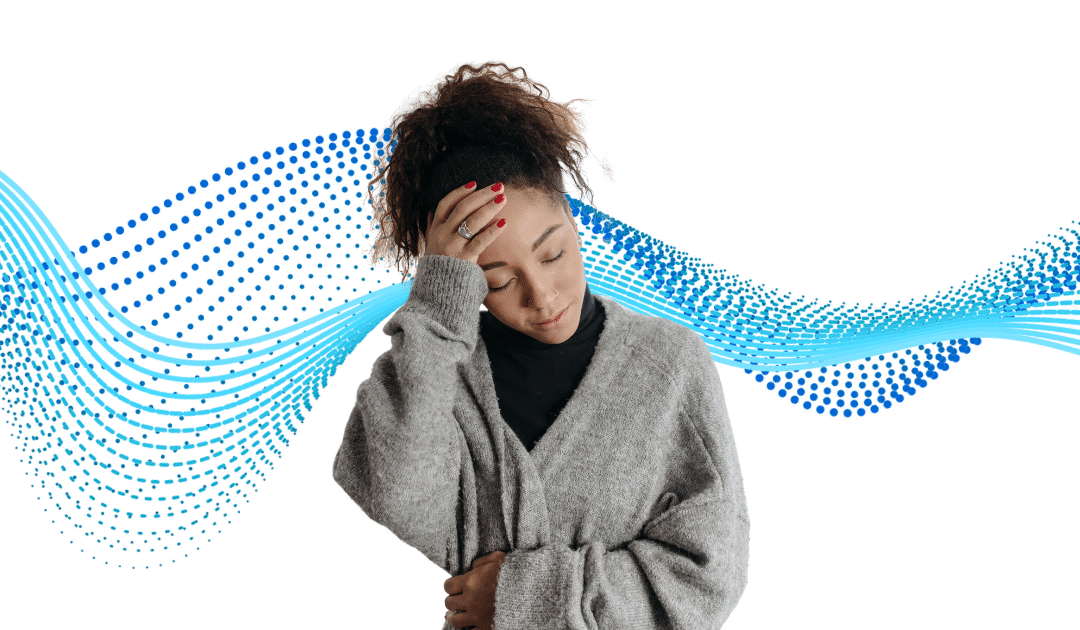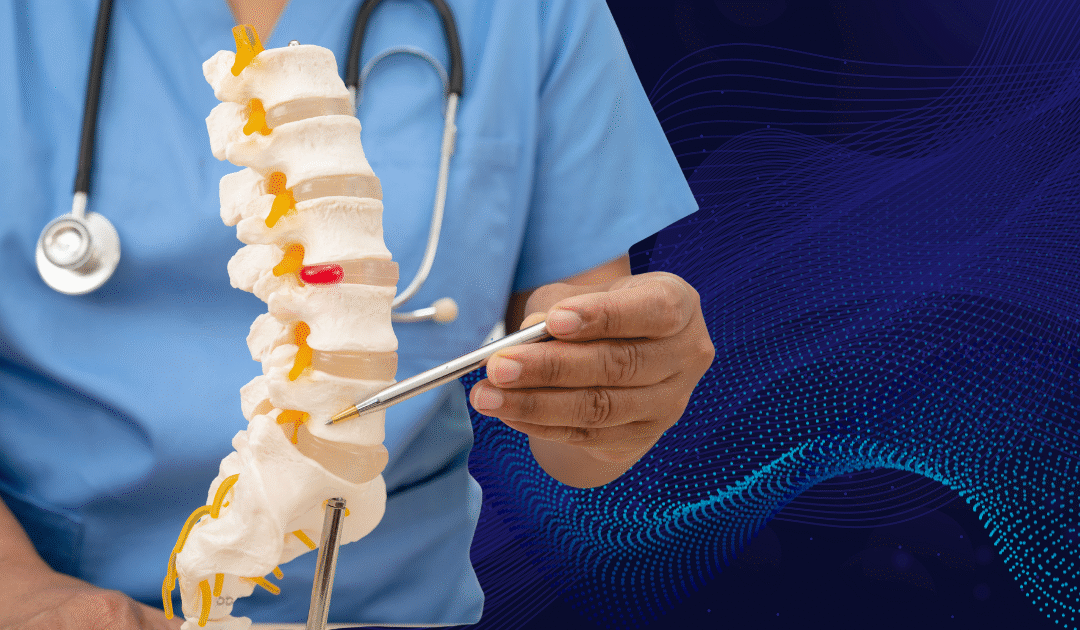World Osteoporosis Day lands on 20th October each year, and marks a year-long campaign dedicated to raising global awareness of the prevention, diagnosis and treatment of osteoporosis.
Here are some key takeaways from the article on World Osteoporosis Day:
- Osteoporosis causes painful fractures and disabilities in older adults
- It’s considered a “silent disease” as bone loss is usually invisible until breaks occur
- Osteoporosis means “porous bones” as bone turnover process declines with age
- Bone remodeling requires a balance of bone breakdown and rebuilding
- At menopause, the bone rebuilding rate drops faster leading to low density
- Genetics, poor diet, inactivity, smoking raise osteoporosis likelihood
- Weight-bearing and resistance exercises are crucial to strengthen bones
- Leafy greens, nuts and soy products provide bone-healthy nutrients
- MBST therapy boosts bone cell metabolism to increase bone density
- Its electromagnetic fields provide targeted energy to trigger self-repair
- Clinical data shows MBST stimulates regenerative processes
- Damaged bone cells regain more functionality to prevent fractures
- There is limited access currently to osteoporosis-specific MBST in the UK
Osteoporosis is the underlying cause of painful, debilitating and life-threatening broken bones known as fragility fractures. It is a growing global problem: worldwide, fractures affect one in three women and one in five men over the age of 50. It also affects family members who often bear the burden of care. If one of your parents had osteoporosis or hip fracture, this may increase your own risk of developing the disease.
According to Age UK, Osteoporosis is often referred to as the ‘silent disease’ because, although almost 3 million people in the UK are estimated to have osteoporosis, worryingly few people know they have it until they break a bone. There are more than 300,000 fractures every year due to osteoporosis.
So, what actually is Osteoporosis?
Literally it means “porous bone” – to fully understand this we need to know more about the makeup of bone itself:
Bone is made up of an outer shell called the cortical bone and an inner mesh of trabecular bone. This inner mesh looks a bit like a honeycomb. Bone is alive and is constantly changing. Bone ages and becomes worn, this worn bone is then broken down by Osteoclasts. This broken-down bone is replaced by cells called Osteoblasts, often called bone turnover and is constantly happening.
This broken-down bone is replaced by cells called Osteoblasts, often called bone turnover and is constantly happening
Bone Turnover
In a child, this turnover for the whole body is completed in just 2 years. In adults this takes between 7 and 10 years. When we get older, typically around the mid 30′s this production of Osteoblasts slows down meaning bone gets broken down but not rebuilt, leading to less bone mass and eventually Osteoporosis.
This speeds up even more for women following menopause.
One of the big problems with Osteoporosis is that is rarely diagnosed before damage has been caused and is known as a silent disease. 1 out of 5 female sufferers don’t receive diagnosis until they have received at least 3 fractures.
Why do people get Osteoporosis?
Age and gender are a huge contributing factor to having Osteoporosis, there are other factors that can make you more or less at risk: Women who have had their ovaries removed will be higher risk. If you have been on steroids for more than 3 months this will increase the chances of developing OP.
Genetics is a factor to consider, has anyone in your family history suffered from Osteoporosis? Heavy/long term drinkers and smokers – the toxins in these prevent your body from being able to mineralise bone. People with eating disorders such as bulimia and anorexia are likely to develop OP. This can be a serious problem with young people.
Tip: Exercise is very important to help prevent OP developing, especially body weight exercises.
How do we treat it?
So, what can we do to help ourselves not develop or at least delay and reduce the effects of Osteoporosis? We can’t change our genetics, or health problems but there are things we can do.
- Alcohol – We can reduce the amount we of alcohol we drink and quit smoking, this will not only help with OP but health and bank accounts too. Reducing alcohol intake also reduces the chances of falling which can lead to a break.
- Exercise – Body weight exercises are important as they exert pressure and helps them become and remain stronger. Running, dancing, aerobics or less intense exercises such as walking and yoga are great ways to do this. Try for at least half an hour a day. Cycling and swimming while not weight bearing are still good exercises to undertake.
- Diet – Diet is extremely important to make sure we are getting the correct minerals to create and maintain healthy, strong bone. Eating plenty of leafy green vegetables such as kale, spinach and broccoli, swede, almonds, tahini and tofu are great, healthy ways to get calcium into your diet which is important for bone growth.
- Vitamins – To make the calcium worthwhile we need Vitamin D, the best source of Vitamin D is from the Sun. If you don’t get enough sunlight then supplements can help as can increasing the amounts of fortified cereals and plant milks.
- Medication – Current drugs just slow down the breakdown of old, worn bone. So, while the bone density is decreasing at a slower rate, the bone that is left is of poor quality.
What can MBST do for Osteoporosis?
With a treatment course of 10, one hour sessions. MBST can enable bone density to increase.
MBST therapy focuses directly on the bone metabolism – the cause of osteoporosis.
The metabolism is the basis of all vital processes in the body and requires a lot of energy. Energy that is also used in the bone for formation, protection and repair of tissue.
If the bone cells lack energy, the body’s own repair mechanisms can no longer be performed and bone loss starts. In order to ensure the structure and functioning of the bone, it is permanently renewed (bone remodeling). To keep the bone mass at a constant level, osteoclasts resorb bone tissue and osteoblasts form it. In case of mis-regulation, an increased bone resorption (high-turnover) or a reduced bone metabolism (low-turnover) can lead to a loss of bone substance[2].
This is where therapeutic magnetic resonance technology has its starting point. The MBST therapy system was developed to transfer energy to bone tissue in a targeted way. The aim is to increase metabolism and re-trigger repair mechanisms and regeneration processes. MBST therapy thus directly addresses one of the causes of osteoporosis.
MBST therapy is based on the physical principle of magnetic resonance, in which hydrogen nuclei first absorb energy and then partially release it into the surrounding tissue. Scientific data indicates that MBST magnetic resonance technology thus can stimulate various biophysical processes and trigger anti-inflammatory and pain-relieving effects. [3,4,5] Damaged cells shall be influenced in such a way that natural regenerative processes can be triggered. The treated tissue shall regain as much functionality as possible.
Please note
There is only currently one osteoporosis MBST treatment bed in the UK. This is soon to change as there is a brand new device which will be extremely beneficial to our Osteoporosis Brits.
In the meantime the Royal Osteoporosis Society can offer you information and support.
References:
[2] Melzer et al. 2003 · [3] Steinecker-Frohnwieser et al. 2014, J Orthopedics Rheumatology, 9/2014 · [4] Beerenbaum/Meng 2016, Nat Rev Rheumatol. 12(9), 508–516, doi: 10.1038/nrrheum.2016.93 · [5] Hoyle et al. 2017, Science Translational Medicine 9 (415), doi: https://doi.org/10.1126/scitranslmed.aal2774 · [6] Kullich/Melzer 2019, Scientific evaluation of the MBST Magnetic Resonance Technology regarding the therapeutic potential and proof of clinical efficacy


